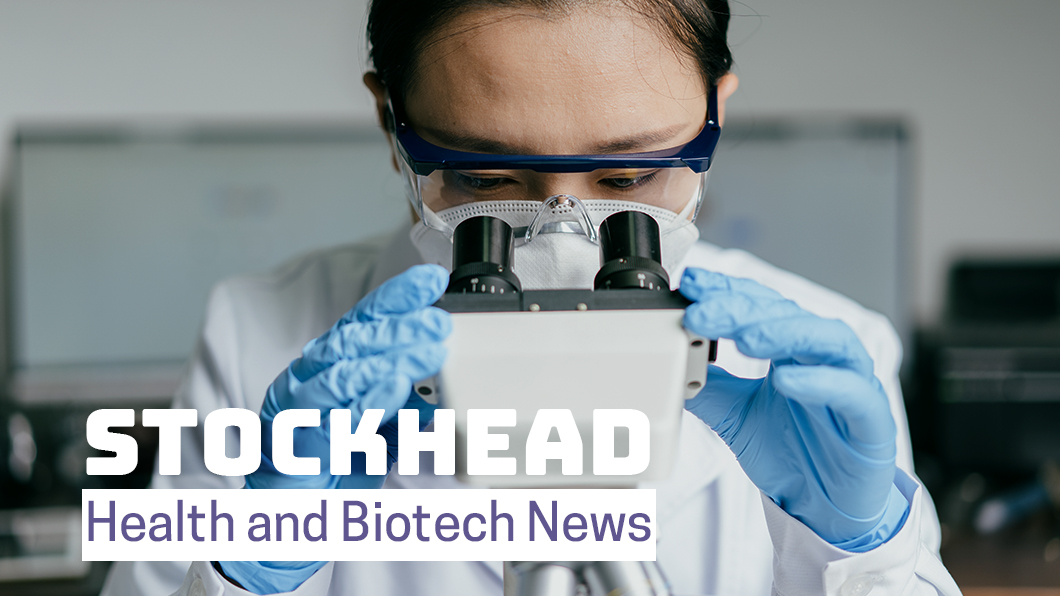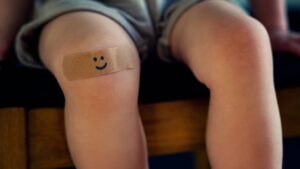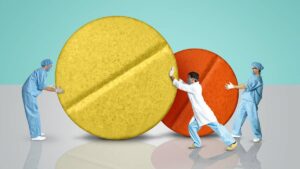8 out of 10 patients left on the scrapheap love Orthocell’s tendon-repairing technology

Pic: sinology / Moment via Getty Images
Medical company Orthocell makes regenerative products used in the treatment of soft tissue injuries.
It’s just completed a survey of customers who used its “Ortho-ATI” stem cell therapy to help repair damaged tendons.
And they’re pretty happy; of the 47 respondents, at least 80 per cent were “satisfied or extremely satisfied” for both pain relief and improved function in daily life.
Talkin’ bout my (re)generation
Orthocell’s Autologous Tenocyte Implantation (ATI) technology helps promote healthy regrowth in damaged tendons.
Speaking with Stockhead, CEO Paul Anderson outlined how the process works.
“We take the patient’s own stem cells from a healthy tendon and regrow the cells in our laboratory,” Anderson said.
The laboratory process is patented and is regulator-approved by the Therapeutic Goods Administration.
The healthy cells (known as tenocytes) are then injected back into the damaged tendon via ultrasound.
“It’s important to note that these are patients who have failed with all previous recovery options — surgery, locally administered steroids, physiotherapy.”
They’ve been left on the scrapheap, so this technology is effectively a last resort for them,” Anderson said.
“We’ve treated 650 patients over the last four years, and we think the feedback from those 47 patients over the past year is really promising.”
Commercialisation
Orthocell’s plans for its ATI technology are local for now, but the company has global plans.
“We have patents for this technology in all major international jurisdictions,” Anderson said.
“The current goal is to build an evidence base in Australia that the product works, then look to expand to the US in partnership with a US-based company.”
From a commercial standpoint, Orthocell charges customers directly for the product.
“The good thing is it’s not a procedure where you have to go into the hospital, you can do it at a doctor’s clinic,” Anderson said.
The basic process works like this:
- Patient gets a biopsy taken;
- The tissue is sent to Orthocell, who submit it through a four-week laboratory process;
- Regenerated cells are sent back to the doctor;
- Doctor injects the healthy cells into the tendon body via ultrasound.
“The whole process is designed to be minimally invasive, and we’ve compiled an extensive list of referring doctors in Australia,” Anderson said.
Following yesterday’s announcement, shares in Orthocell rose 10 per cent to 16.5 cents. The company’s stock price is still well off its 12-month high of 38 cents reached in June last year.
UNLOCK INSIGHTS
Discover the untold stories of emerging ASX stocks.
Daily news and expert analysis, it's free to subscribe.
By proceeding, you confirm you understand that we handle personal information in accordance with our Privacy Policy.








